What is Decline Push Up?
Decline push up is a variation of the traditional push-up where you bring your feet up onto a high surface like a bench, step, or box. This creates a decline angle, shifting more effort to your upper chest, shoulders, and triceps. This push-up variation is typically harder than a standard push-up. It’s also more challenging than its opposite, the incline push-up, where you lift your upper body instead of elevating your feet. Decline push-ups are especially good for building strength and volume in your upper chest and deltoids (shoulder muscles).
How-to Do Decline Push Up
- Lie face-down on the floor with your feet on a raised platform. Place your hands slightly wider than shoulder-width apart. Push off the floor until your arms are fully extended.
- Keeping your body straight and slowly lower your body by bending your arms until your chest and nose almost touch the floor.
- Tense your chest, then push up until your arms are fully extended.
Muscle Worked
Primary Muscle Groups


Chest
Your chest helps you move your arms across your body and up and down while stabilizing the shoulders

Shoulders
Your shoulders are ball-and-socket joints which connect your arms to your torso

Triceps
The triceps are the muscles on the backs of your upper armsSecondary Muscle Groups


Abs
"Abs" refers to your abdominal muscles, which sit at the front of your trunk between your ribcage and pelvis

Forearms
The forearms help you grip objects and move your hands, wrists and fingers

Lats
Your latissimus dorsi, also called the "lats," help you to move your arms and keep your shoulders stable.

Traps
Lie on the floor and place a foam roller below your traps and above your shoulder blades.Pro Tips
- Start Low- A gentle decline is easier to work with than a steep one. If you’re new to decline push-ups, start low with a surface near the ground. Something like a single step works well.
- Place Your Hands Properly- Your hands should be placed a bit wider than shoulder-width. Keep them in line with your chest. Using a proper hand placement distributes the effort of this exercise more evenly between your shoulders, chest and triceps.
Benefits of Decline Push Up
- Grows Your Upper Chest- The superpower of decline push up is the emphasis it puts on the the clavicular head of the pectoralis major. This is the head of your pectoralis major (largest chest muscle) that helps to flex your humerus (upper arm bone). This part of the pec muscle is often underdeveloped compared to your mid or lower chest. Additionally, elevating your feet shifts your body’s focus to the upper chest muscles to help you build a more defined and balanced chest.
- Stronger Shoulders and Triceps- Compared to a standard flat push-up, using a decline angle recruits more muscular involvement from your anterior deltoids (front of your shoulders) and triceps compared to regular push-ups. Because of this, decline push-ups are great for building shoulder stability and strengthening your arms.
Warm Up & Cool Down
Warm Up
- Arm Circles- Make big circles with your arms to loosen your shoulder joints, getting them ready for the pressing action you’ll need in your decline push-ups.
- Cat-Cow Stretch- Shift between arching and rounding your back from a kneeling all fours position. This gets your spine, shoulders, and core warmed up. All of these muscle groups are key players in decline push-ups or any push-up variation or progression.
- Incline Push-Ups/Standard Push-Ups Do a few reps of incline push-ups on a low surface or regular push-ups if you’re feeling up to it. These gentler push-up progressions help activate your chest, shoulders, and triceps to get you ready for the decline variation.
Cool Down
- Child’s Pose- Kneel and stretch your arms forward on the ground, lowering your chest towards the ground. This lets your shoulders elongate, stretching your chest after an intense workout like a decline push-up session.
- Cross-Body Shoulder- Stretch Bring one arm across your chest and pull it in toward your chest with the opposite hand to help your shoulder muscles, especially the deltoids, relax.
- Chest Opener- Clasp your hands behind your back and think about pulling your shoulder blades together to stretch out and open up the chest muscles.
FAQs


Get fit with Flex
Build muscle & lose weight fast for free.
Download for Free
Available on iPhone + Apple Watch


